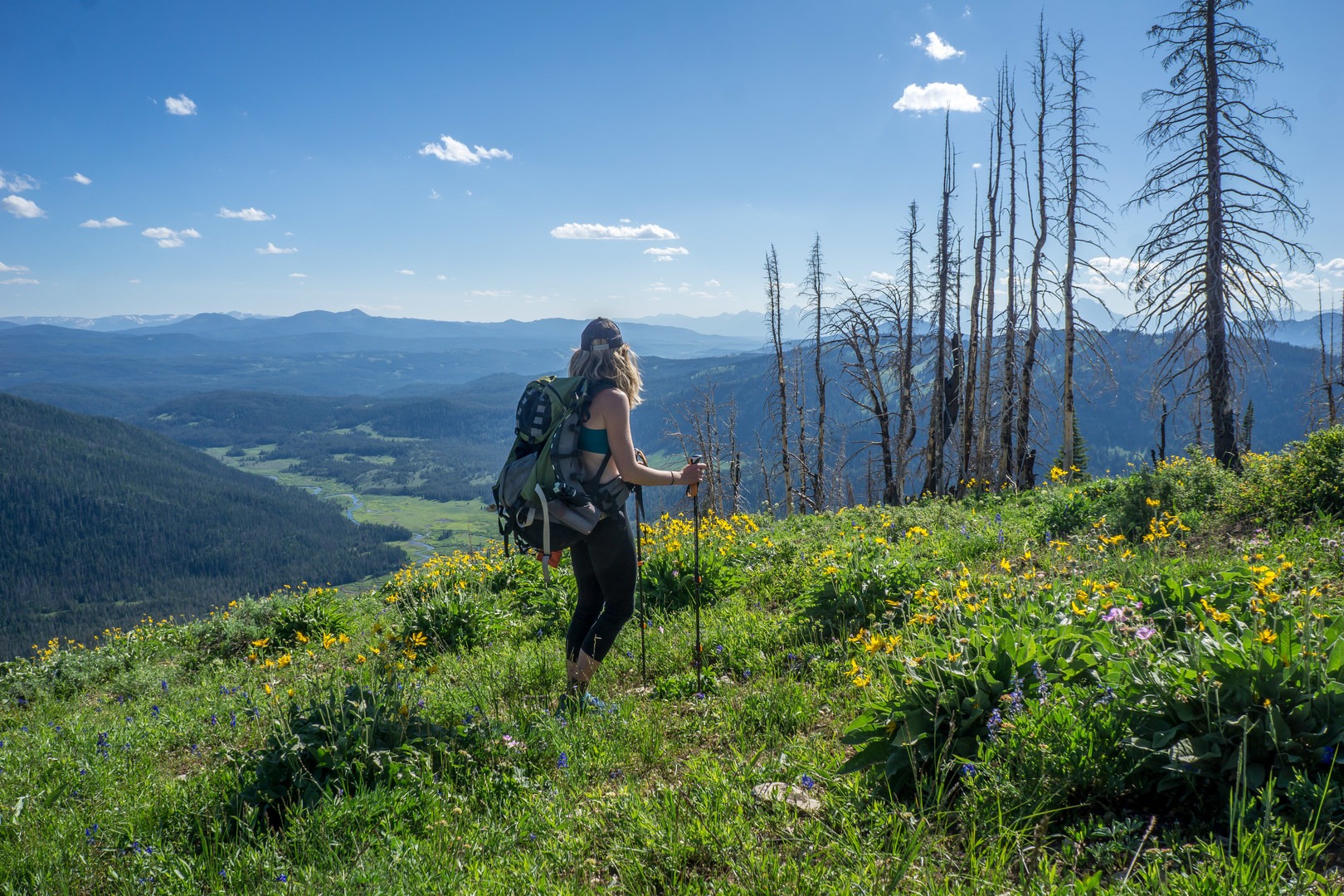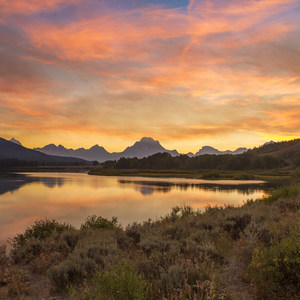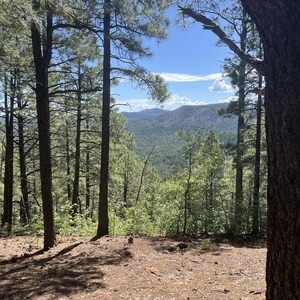Wyoming is a state of almost unparalleled mountain adventure for the lower 48 states. Wild mountains stretch as far as the eye can see, and big predators roam the mountains in numbers that are hard to find elsewhere in the lower 48 states. Because of the expansive mountains in northwestern Wyoming, rivers and streams are abundant. For the packrafter, this means there are plenty of wilderness boating options of extremely high quality. Some of the best packrafting routes in the country are found in this region, despite packrafting being banned in Yellowstone National Park.
The Buffalo Fork River is a major tributary of the Snake River, and the Buffalo's north, south, and main forks provide exciting packrafting in a true wilderness setting. Located in the Teton Wilderness, the Buffalo Fork is home to a healthy population of grizzly bears, wolves, mountain lions, you name it. This region of Wyoming is the most remote part of the lower 48 states and contains the point farthest from any road.
To packraft the Buffalo Fork, the common starting point is Turpin Meadow Ranch. From Turpin Meadow, it is an easy 5.5-mile hike to Soda Fork Meadows, which is where the Soda Fork and the North Fork of the Buffalo converge to create the North Fork. Camping in Soda Fork meadows is abundant. Despite being only a 5.5-mile hike, it is recommended to spend the night and go on a day hike after making camp. There are numerous mountains in the area that provide a great hike and an even better view of the Teton Wilderness and the Teton Range to the west.
Once ready to packraft, put-in on the Soda Fork, preferably close to where the North Fork spills in. The Soda Fork in this part is small but deep, and trout abound. This would be a great trip for a fly rod. Packrafting the scenic meadows is a great way to warm up. Once out of the meadows, the North Fork picks up steam and has nearly continuous rapids for the rest of the trip. While typically class II, downed trees and other obstacles make the North Fork of the Buffalo a river for intermediate to experienced packrafters.
Around mile 10, a bridge comes into view, which is a trail over the North Fork. Soon after the bridge, the South Fork merges with the North Fork to create the Buffalo Fork. Hiking 3 miles up the South Fork to packraft is an option, but the South Fork is the derelict brother of the North Fork, and only class IV boaters should venture that way.
Once on the Buffalo Fork, the river is big and calm. Packrafting on swift, flat water that is crystal clear is truly a wonderful experience. After just about a mile, the Buffalo Fork enters a gorge, and rapids make a comeback for the rest of the 4 miles to the car. On this section of river, there is a landslide rapid that is class III+ or potentially harder in high water. You can scout on the right.
The total packrafting distance from Soda Fork meadows back to Turpin Ranch is around 15 miles of water (not including the South Fork), with about 12 miles being class III. The entirety of the packrafting takes place in a wilderness setting, and self-reliance is a must. Overall, the North Buffalo Fork and the Buffalo Fork River is a wilderness packrafting classic that is a must-do for intermediate to advanced packrafters.











Comments
Sign In and share them.